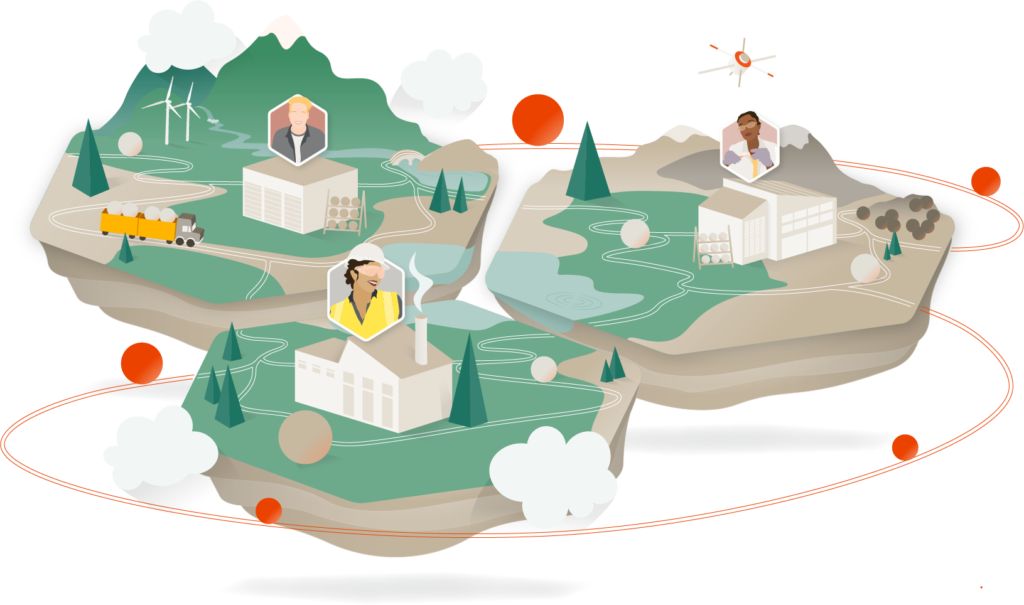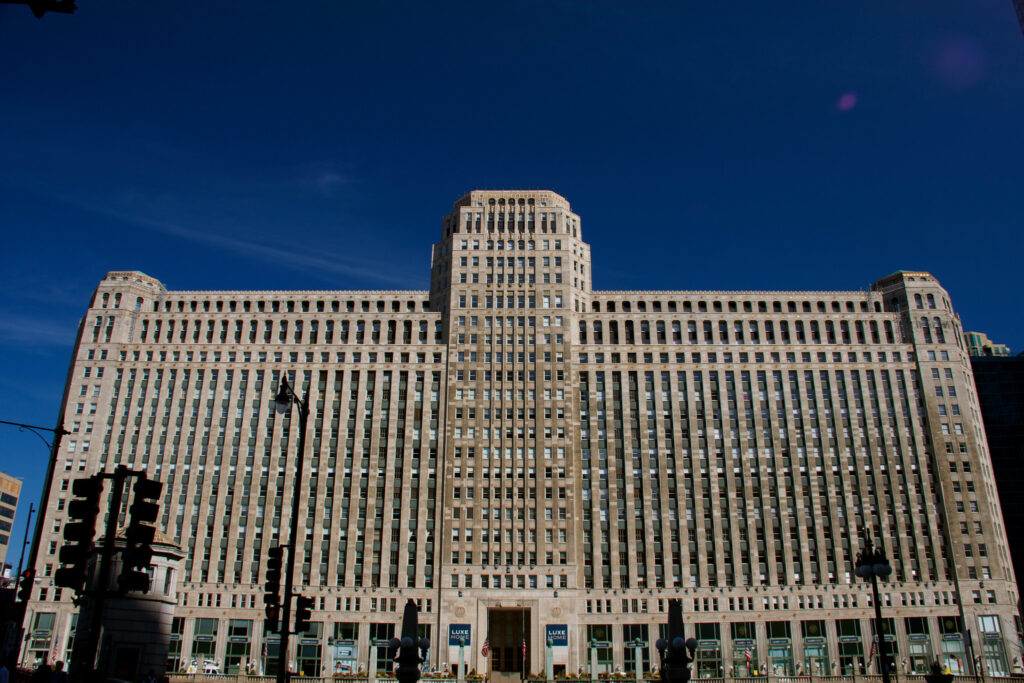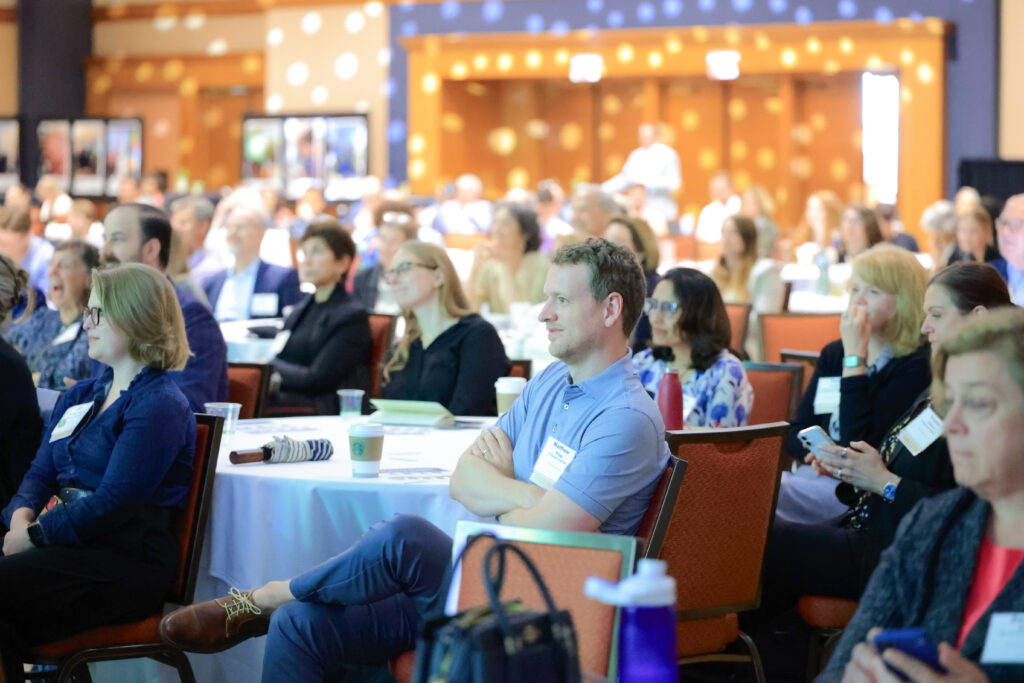Sustainability is one of today’s fastest growing industries and is getting a lot of hype due to high-profile commitments to reduce GHG emissions, waste, and environmental harm. As the field expands, more buzz terms are gaining mainstream attention, which creates confusion around what they really mean.
Sharing economy vs circular economy
Two terms that we’ve heard become more interchangeable lately are “circular economy” and “sharing economy,” but they aren’t synonymous. To help set the record straight, here’s a rundown of the differences between the circular economy and the sharing economy and why both are needed to reach sustainability goals.
Sharing economy definition
For centuries, society has operated in a linear economy where we take materials from the planet, make new products from those materials and then waste whatever is unwanted or unusable. This model is highly tailored to a product’s use phase and pays less consideration to how it is manufactured or disassembled in a way that limits harm to the environment.
The sharing economy is also focused on the use phase of a product’s journey. However, unlike in a linear economy, products in a sharing economy are constantly in use to ensure maximum utilization of resources within a circular economy. It’s about the sharing of resources by multiple people to allow existing resources to be used more fully, rather than letting them sit idly. In order for the sharing economy to be successful, peer-to-peer or community interaction needs to be accessible and products need to be designed for easy repair, upgrade, and disassembly.
Sharing economy examples
WeWork has been successful at enabling the sharing economy by creating a fun sense of community in their office spaces and leveraging modular design principles that allow businesses and workers to customize the space to fit their needs. Other services, such as Rent the Runway or CitiBike in New York, work well because consumers would prefer to rent these items for specific uses rather than owning them.
Just as these businesses ensure that less products end up in landfills due to lack of consumer use, Rheaply provides the same opportunity for companies, institutions and communities. Organizations can gain greater visibility, accessibility and usability of their idle resources by leveraging the Rheaply Platform. This allows assets to be better shared amongst internal and external networks to ensure that the circular economy is operating more effectively.
Circular economy definition
The circular economy wraps the linear economy model into a circle so that products reaching the end of their use phase are leveraged as inputs for new products as much as possible. It seeks to keep all resources within a closed loop system so that nothing is lost as waste or ends up in a landfill. The circular economy is focused on the beginning and end-of-life phases of a product’s journey. By mindfully manufacturing with reusable components and renewable energy, and designing for easy disassembly so that components can be reused, the circular economy ensures that raw materials never become waste or pollution.

Sustainable goals through sharing and reuse
To achieve corporate environmental targets, organizations need to employ aspects of both the sharing economy and the circular economy. First and foremost, commitment to participating in circular and sharing practices needs to be a priority across the entire company. Reusing and sharing resources contributes to extended product use, which can lessen a product’s carbon footprint, but only if that product is actually leveraged for more than one useful life cycle. Furthermore, both can operate with more value if resources are produced and shared locally. Focusing on local production and consumption can help significantly reduce carbon emissions, particularly related to Scope 3.
Aside from participating locally, resources in the sharing economy must be designed to intentionally operate efficiently in the circular economy. The goal of the circular economy is to keep resources in use for as long as possible, which means that an emphasis on quality material components is essential. If a resource is well shared but then gets downcycled or trashed, the sharing economy has only delayed the eventuality of a linear economy. To reach your sustainability goals, tenets of the circular economy cannot be spared within the sharing economy.


